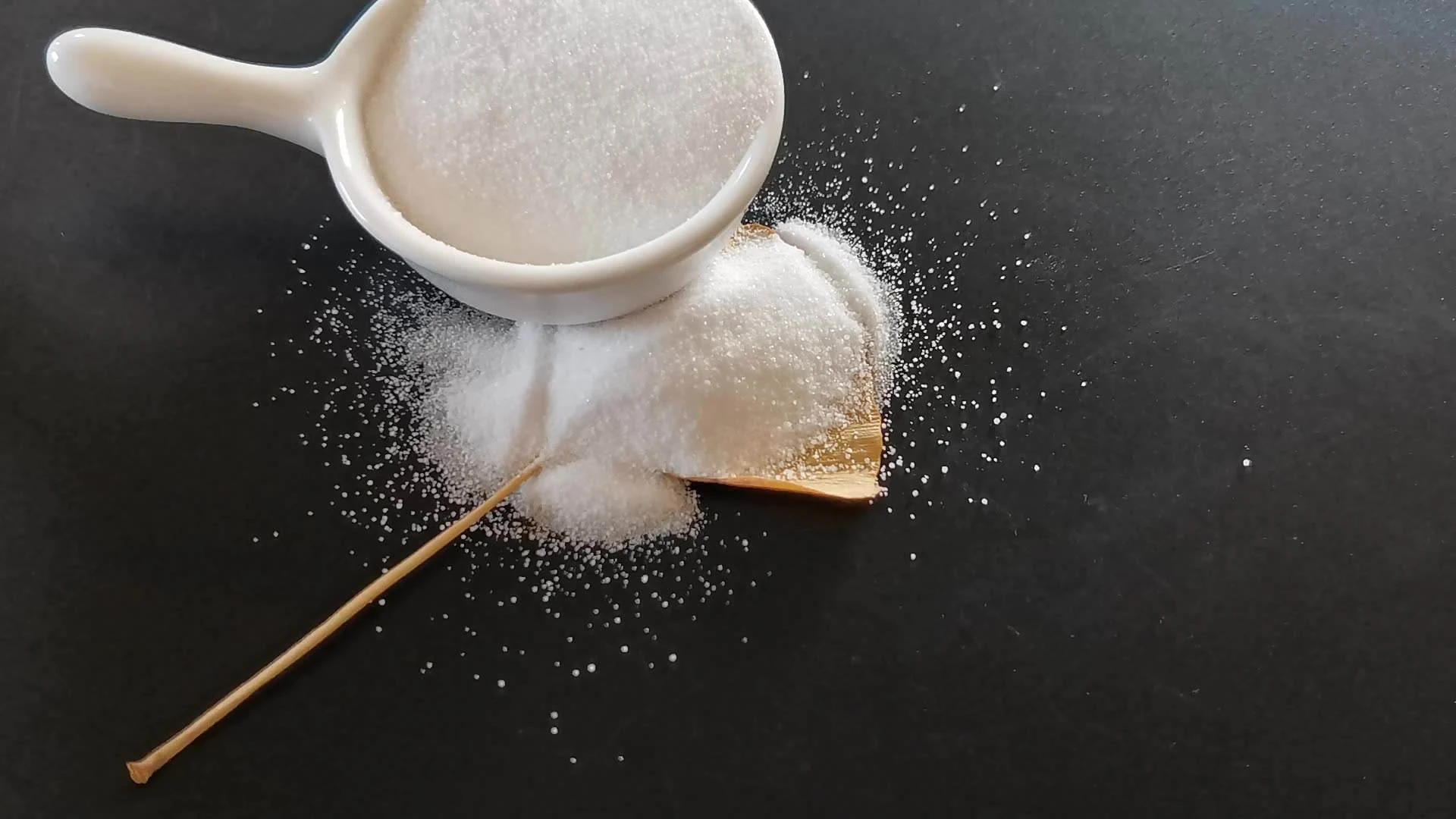



pool water purification
Pool Water Purification Essential Practices for a Clean and Safe Swimming Experience
Maintaining a pristine swimming pool is crucial for both aesthetics and health. Pool water purification ensures that the water remains clean, clear, and safe for swimmers. This process goes beyond simple cleaning; it involves a range of practices and technologies designed to eliminate contaminants and harmful microorganisms.
One of the primary methods of water purification is chlorination. Chlorine is a powerful disinfectant that effectively kills bacteria, viruses, and algae. When added to pool water, chlorine forms compounds that break down organic materials and sanitize the water. However, it’s essential to maintain the correct chlorine levels, typically between 1 and 3 parts per million (ppm), to ensure effective disinfection without causing skin or eye irritation to swimmers.
In addition to chlorine, many pool owners are turning to alternative sanitation methods, such as saltwater systems. These systems generate chlorine from salt through a process called electrolysis. Saltwater pools offer a gentler swimming experience while still effectively purifying the water. Moreover, they require less frequent chemical balancing, making maintenance more straightforward for pool owners.
pool water purification

Filtration is another critical component of pool water purification. Pool filters, whether cartridge, sand, or diatomaceous earth, help remove debris, dirt, and particles from the water. Regularly cleaning and replacing filter media is essential to maintain optimal filtration performance. A well-functioning filter can significantly reduce the biochemical load in the pool, enhancing the effectiveness of chemical treatments like chlorination.
pH balance is equally important in the purification process. The ideal pH level for pool water is between 7.2 and 7.8. A balanced pH ensures that chlorine works effectively to disinfect the water while preventing skin and eye irritation. Testing kits are readily available to help pool owners monitor pH levels and other chemical properties regularly.
Regular maintenance and thorough cleaning routines also play a crucial role in keeping pool water purified. Skimming the surface, vacuuming the bottom, and brushing the walls eliminate physical debris that can foster algae growth and cloudiness. Additionally, keeping the surrounding area clean helps minimize contaminants from entering the pool.
In conclusion, effective pool water purification involves a combination of methods, including chlorination, filtration, and pH balance. By adopting proper maintenance practices, pool owners can ensure a safe and enjoyable swimming environment for everyone. With regular attention, pool water can remain crystal clear and inviting, providing a refreshing oasis during the warmer months.
-
Why Strontium Carbonate Still MattersNewsJun.06,2025
-
Why BaSO4 MattersNewsJun.06,2025
-
Why Barium Carbonate Still MattersNewsJun.06,2025
-
Strontium Hydroxide: A Versatile Compound for Modern ApplicationsNewsJun.06,2025
-
Strontium Chloride in Daily IndustryNewsJun.06,2025
-
Pure Potassium Nitrate for SaleNewsJun.06,2025
-
What Is Sodium Bisulfate Used For?NewsMay.15,2025










